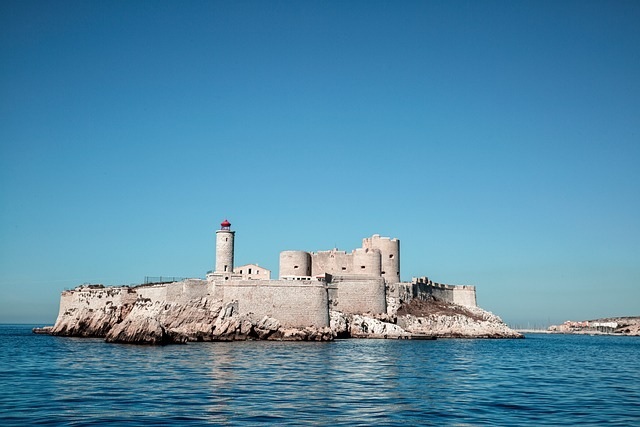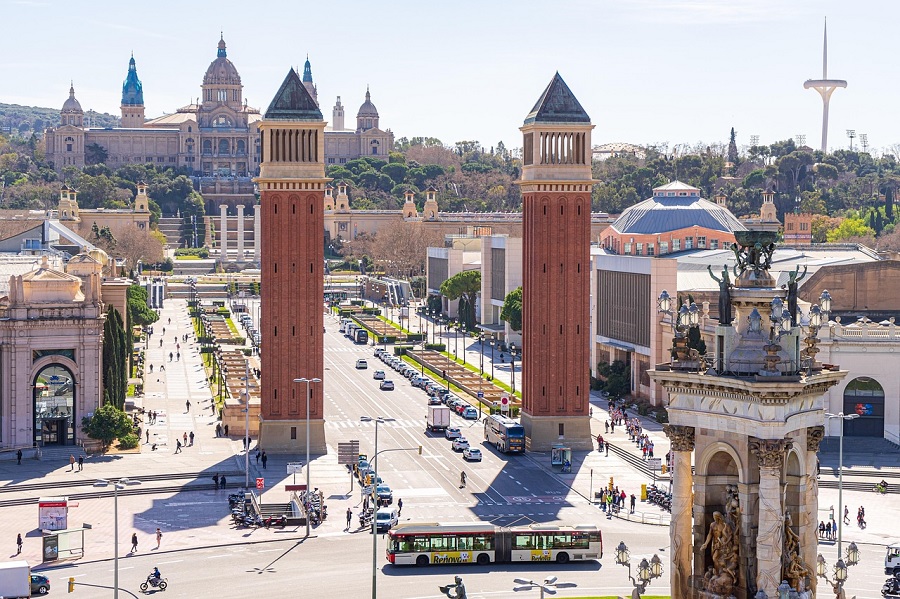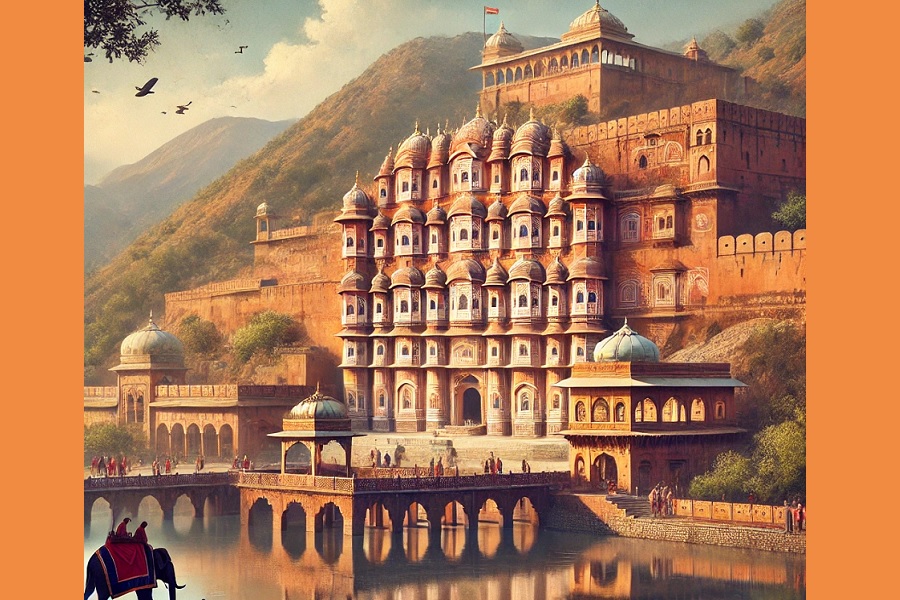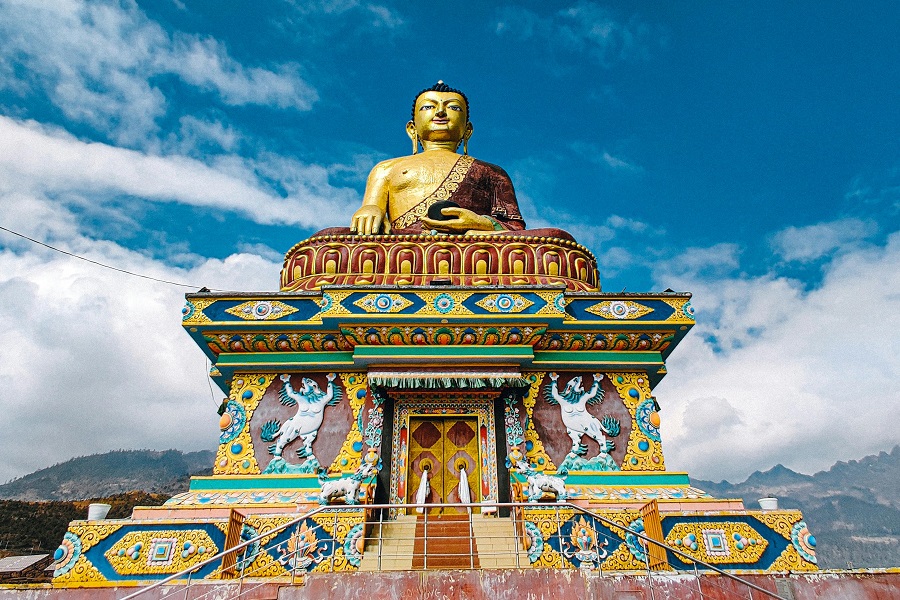The Majestic Stone Faces of Bayon Temple: A Glimpse into Cambodia’s Spiritual Past
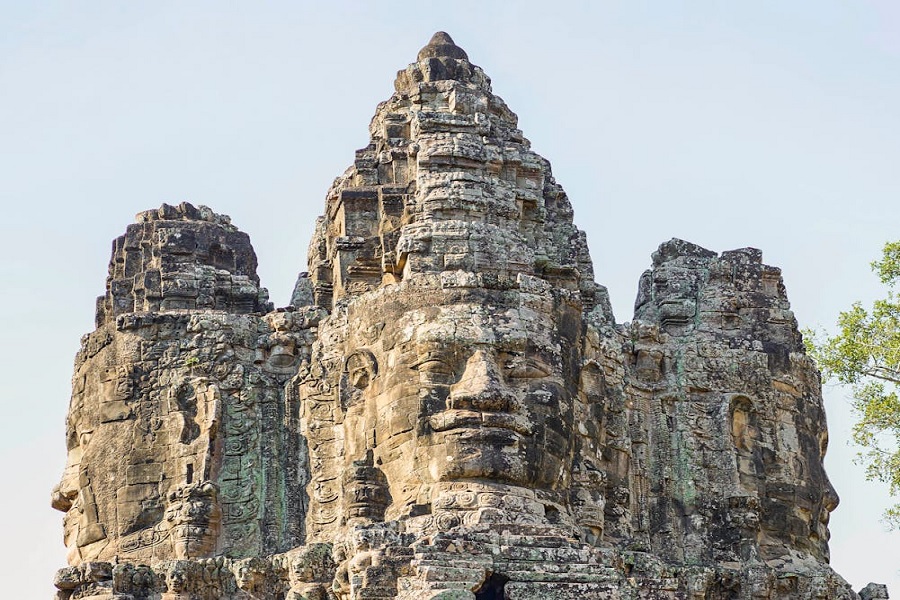
A Jewel of Angkor Thom
Bayon Temple, located at the very heart of the ancient city of Angkor Thom, was built in the late 12th or early 13th century by King Jayavarman VII, a devout follower of Mahayana Buddhism. This temple served as the state temple of the king and was a significant spiritual and political symbol of the Khmer Empire. It is part of the larger Angkor Archaeological Park, a UNESCO World Heritage Site.
The Smiling Faces of Lokesvara
The most striking feature of Bayon Temple is undoubtedly its 200+ massive stone faces carved onto 54 towers. Scholars believe these faces represent Avalokiteshvara, the bodhisattva of compassion (known locally as Lokesvara), merged with the likeness of King Jayavarman VII himself. Each face gazes serenely outward in the cardinal directions, watching over the kingdom with an expression of peace and divine benevolence.
The faces, with their almond-shaped eyes, broad foreheads, and faintly smiling lips, embody the Buddhist ideal of serenity and compassion. Their expressions have been famously dubbed the “Mona Lisa of Southeast Asia” for their mysterious beauty.
Architectural and Artistic Brilliance
Bayon Temple is a masterpiece of Khmer architecture. Unlike other temples in Angkor, Bayon lacks an enclosing wall, creating a more open and accessible design. The central tower rises above the surrounding stone faces, and the intricate bas-reliefs along the walls depict scenes of daily life, battles, markets, and celestial events—offering a vivid narrative of 12th-century Khmer society.
Despite the erosion of time, the detailed carvings remain a testament to the skill and vision of ancient Khmer artisans.
A Living Spiritual Monument
Beyond its architectural grandeur, Bayon Temple remains a spiritual site. Monks, pilgrims, and travelers continue to visit, paying homage to its sacred presence. The site exudes a mystical atmosphere, especially at sunrise or sunset, when the light bathes the stone faces in a golden glow, bringing them to life in a spectacular play of shadow and light.


















